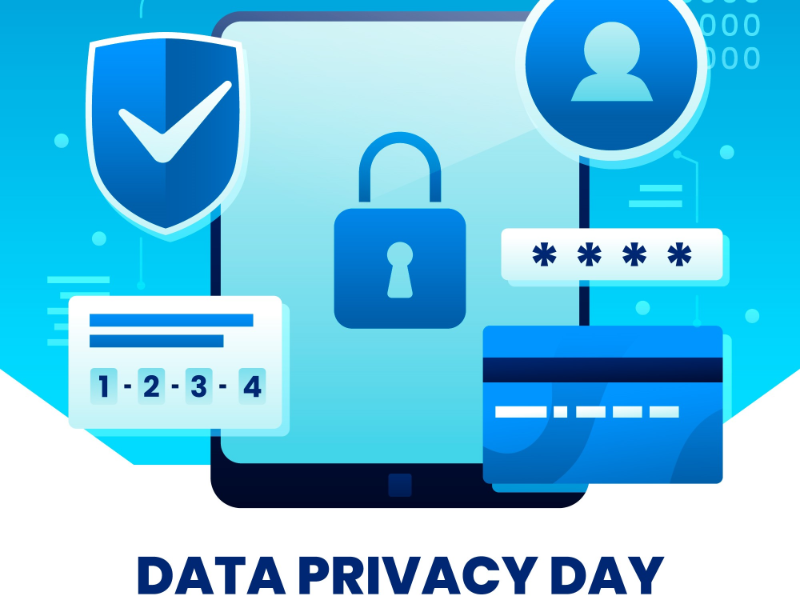- Leonardo AI uses generative AI technology to create images based on user inputs.
- Leonardo AI uses appropriate technical and organisational measures to safeguard the data it collects and processes.
Leonardo AI is an innovative platform that allows users to generate stunning images, art, and more with the power of generative AI. Whether a beginner or a professional, you can use Leonardo AI to create production-quality visual assets for your projects with unprecedented quality, speed, and style consistency. But is Leonardo AI safe to use? How does Leonardo AI protect your data and privacy? In this blog, some of the questions and concerns users may have about Leonardo AI will be explored.
Also read: OpenAI completes acquisition of Rockset
Also read: Apple and Meta discuss AI partnership
How does Leonardo’s AI work?
Leonardo AI uses generative AI technology to create images based on user inputs. Generative AI is a branch of artificial intelligence that can produce new data from existing data, such as images, text, or audio. Generative AI models learn from large datasets of examples and then generate new data that resembles the original data but is not identical to it.
Generative Adversarial Networks (GANs) is one of the most popular generative AI models. GANs consist of two competing neural networks: a generator and a discriminator. The generator tries to create realistic images that can fool the discriminator, while the discriminator tries to distinguish between real and fake images. Through this process, the generator learns to produce more and more realistic images.
Leonardo AI uses different types of generative AI models, such as GANs, Diffusion Models, and Transformers, to create a variety of outputs. The Leonardo AI team creates some of the models, while the community of users creates others. Users can browse and use thousands of community models or create their models with the Leonardo AI platform.
Is Leonardo AI private?
When considering the safety of Leonardo AI, it is important to understand whether it operates on a public or private basis. By default and in the free version of Leonardo AI, all generated images are public, meaning they are visible and usable by other members. They may also be utilised by Leonardo AI for advertising or product improvement purposes.
If users want to keep their images private, they need to sign up for a paid plan, which gives them access to the “Public Images” toggle on the left sidebar of the image generation page. By toggling their images to private, users can ensure that their creations won’t be visible to other users or even Leonardo AI, and they won’t be subject to use for any advertising or improvement purposes. This way, users can protect their intellectual property and avoid any potential legal issues.
How does Leonardo AI protect your data and privacy?
Leonardo AI is committed to protecting the privacy and security of its users’ data. Leonardo AI uses appropriate technical and organisational measures to safeguard the data it collects and processes. Some of the measures that Leonardo AI uses are:
- Encrypting the data in transit and at rest
- Limiting access to the data to authorised personnel only
- Implementing security policies and procedures to prevent unauthorised use, disclosure, modification, or destruction of the data
- Regularly reviewing and updating security measures to ensure their effectiveness.
Additionally, Leonardo AI respects the rights of its users regarding their data, such as the right to access, correct, delete, or object to the processing of their data. Users can exercise these rights by contacting Leonardo AI via email or through the website.
Leonardo AI also assigns to its users all its rights, titles, and interests in the content that they produce on the Leonardo platform. This means that users own the intellectual property rights of the content they create and can use it for any purpose they wish, subject to the terms of service.

